Choosing the right ski size is crucial for control, stability, and performance on the slopes. Here's a quick breakdown of what you need to know:
- Ski Length: Shorter skis are easier to control, ideal for beginners. Longer skis provide more stability for advanced skiers.
- Ski Width: Narrow skis (<85 mm) excel on groomed trails. Wider skis (>100 mm) are better for powder and off-piste terrain.
-
Skill Level:
- Beginners: Skis should reach between chest and chin.
- Intermediate: Chin to nose.
- Advanced: Nose to forehead.
- Body Size: Adjust ski length based on your height and weight.
- Terrain Preference: Powder skiing? Go longer and wider. Groomed runs? Stick to shorter, narrower skis.
Quick Comparison Table
| Height (ft/in) | Weight (lbs) | Beginner (cm) | Intermediate (cm) | Advanced (cm) |
|---|---|---|---|---|
| 5'2" - 5'4" | 120-140 | 140-150 | 145-155 | 150-160 |
| 5'8" - 5'10" | 160-180 | 150-160 | 155-165 | 160-170 |
Snowfeet* Short Skis: A Compact Alternative
For those who want something portable and easy to learn, Snowfeet* offers shorter ski models (38-120 cm) designed for urban sports, freestyle, and quick trips.
Use the 2025 Ski Size Calculator to get personalized recommendations based on your height, weight, skill level, and terrain preferences.
Ski Sizing - What Size Skis do I Need? || REI
Ski Size Basics: Length and Width
The length (cm) and width (mm) of skis directly affect how you control them, your stability, and how they handle different terrain.
Measuring Ski Length and Width
Ski length is measured in centimeters (cm) from tip to tail, while width is measured in millimeters (mm) at the waist. These factors are key to your skiing experience:
| Measurement | Range | Impact |
|---|---|---|
| Length | 38-200+ cm | Affects control and stability |
| Width | <85 mm | Best for groomed runs |
| Width | 85-100 mm | Versatile for all-mountain |
| Width | >100 mm | Better flotation in powder |
Effects of Length and Width
The length and width of your skis impact how they perform on different terrains. Shorter skis are easier to maneuver but sacrifice some stability at high speeds.
Width affects how skis handle snow and grip edges:
| Width Type | Snow Conditions | Performance Benefits |
|---|---|---|
| Narrow (<85mm) | Hard-packed/Ice | Better edge grip, quicker turns |
| Wide (>100mm) | Powder/Off-piste | Improved flotation, more stability |
Snowfeet* vs Standard Skis
Snowfeet* takes a fresh approach to ski design with compact, highly versatile options. Their lineup includes:
- Skiskates: Offered in lengths of 38, 44, and 50 cm
- Skiblades: Available in 65, 99, and 120 cm lengths
"Long enough to ski, short enough to skate." - Snowfeetstore.com
These shorter skis have unique advantages tailored for specific needs:
| Feature | Snowfeet* | Traditional Skis |
|---|---|---|
| Length Range | 38-120 cm | 140-200+ cm |
| Boot Compatibility | Winter shoes/Snowboard boots | Ski boots only |
| Transport | Fits in a backpack | Requires a ski bag |
| Learning Curve | Shorter adjustment period | Longer adjustment time |
Snowfeet* products are especially appealing to beginners and anyone looking for enhanced maneuverability on groomed runs. Their compact size combines the agility of shorter skis with an innovative design that stands out from traditional ski equipment.
Choosing Your Ski Size
Select your ski size based on three key factors: your body size, skill level, and preferred terrain.
Body Size Guidelines
Your height and weight play a big role in determining the right ski length. Here's a simple breakdown:
- Below-average weight: Go for skis that are 5-10 cm shorter than standard. These should reach somewhere between your chest and chin.
- Average weight: Stick to the standard length, which depends on your skill level.
- Above-average weight: Opt for skis 5-10 cm longer, typically reaching between your nose and forehead.
| Weight Category | Adjustment | Suggested Length |
|---|---|---|
| Below average | 5-10 cm shorter | Chest to chin |
| Average | Standard length | Based on skill level |
| Above average | 5-10 cm longer | Nose to forehead |
Experience Level
Your skiing experience is another important factor. Here's how ski length varies by skill level:
| Skill Level | Suggested Length | Benefits |
|---|---|---|
| Beginner | Chest to chin height | Easier to control and maintain balance |
| Intermediate | Chin to nose height | Balances control with speed |
| Advanced/Expert | Nose to forehead height | Provides stability at higher speeds |
For example, if you're 5'6" tall:
- Beginner: Choose skis around 150 cm.
- Intermediate: Go for 160 cm.
- Expert: Try skis about 168 cm.
Once you've considered your body size and skill level, think about how and where you ski to fine-tune your choice.
Skiing Type and Terrain
Different skiing styles and terrains call for specific ski lengths and widths:
| Skiing Style | Length Recommendation | Width Range |
|---|---|---|
| All-Mountain | Standard length (based on skill) | 85-95 mm |
| Powder | Add 5-10 cm to your standard length | Over 100 mm |
| Groomed Runs | Standard or slightly shorter | Below 85 mm |
For example, an intermediate skier who is 5'8" (172 cm) might choose a 170 cm ski for all-mountain use. If you prefer something more compact and maneuverable, Snowfeet* offers shorter models like 99 cm or 120 cm.
Use these guidelines along with our updated 2025 Size Calculator to find your perfect fit!
sbb-itb-17ade95
Using the 2025 Size Calculator
Use this link for the calculator: https://www.omnicalculator.com/sports/ski-size
Enter Your Details
To get ski size recommendations tailored to you, provide your measurements and skiing preferences:
- Measurements: Input your height (in feet and inches) and weight (in pounds). For instance, if you're 5'8" and weigh 160 lbs, enter those exact numbers. Weight plays a bigger role than height when determining ski length [2].
-
Skill Level: Select the level that best describes you:
- Beginner: Just starting out, focusing on basic turns and controlling speed.
- Intermediate: Comfortable navigating blue runs.
- Advanced: Confident tackling black diamond trails.
- Expert: Skilled at handling the most challenging terrain.
-
Skiing Style: Choose the approach that matches your preference:
- Easy-going: Prioritizing comfort and a relaxed pace.
- Average: A balance between control and speed.
- Aggressive: Fast-paced with a focus on performance.
Once you've entered your details, the calculator will create personalized ski recommendations.
Reading Your Results
After submitting your information, you'll receive the following:
| Measurement | Explanation | How to Use It |
|---|---|---|
| Length Range | Suggested ski lengths (in cm) | Pick a length within this range based on your preference. |
| Width Range | Recommended ski widths (in mm) | Wider skis work better in powder; narrower ones suit groomed runs. |
| Snowfeet* Model | Suggested product match | Based on your skiing style and goals. |
2025 Size Chart Reference
Use the chart below to cross-check your calculator results:
| Height (ft/in) | Weight (lbs) | Beginner (cm) | Intermediate (cm) | Advanced (cm) |
|---|---|---|---|---|
| 5'2" - 5'4" | 120-140 | 140-150 | 145-155 | 150-160 |
| 5'5" - 5'7" | 140-160 | 145-155 | 150-160 | 155-165 |
| 5'8" - 5'10" | 160-180 | 150-160 | 155-165 | 160-170 |
| 5'11" - 6'1" | 180-200 | 155-165 | 160-170 | 165-175 |
| 6'2" - 6'4" | 200-220 | 160-170 | 165-175 | 170-180 |
For compact options, Snowfeet* offers specialized models:
- 65 cm Skiblades: Great for beginners or freestyle enthusiasts.
- 99 cm Model: Strikes a balance between control and maneuverability.
- 120 cm Version: Provides extra stability for intermediate skiers.
These guidelines offer a starting point - adjust based on your comfort level and skiing preferences [1].
Snowfeet* Products vs Regular Skis
Snowfeet* Product Range
Snowfeet* offers a range of short skis tailored for modern winter activities:
- 38 cm Mini Ski Skates – $140: Compact and beginner-friendly, perfect for easy portability.
- 44 cm Skiskates – $330: Made from high-quality European mountain wood.
- Skiblades (65/99/120 cm) – $400-$650: Designed with varying lengths for enhanced stability and performance.
Size Comparison Chart
| Feature | Snowfeet* Short Skis | Traditional Skis (e.g., Rossignol, Atomic) |
|---|---|---|
| Length Range | 38–120 cm | 140–190 cm |
| Storage | Fits in a backpack | Requires a dedicated ski bag |
| Boot Compatibility | Winter shoes, snowboard boots, ski boots | Ski boots only |
These differences make Snowfeet* a practical alternative in various scenarios where traditional skis may fall short.
When to Choose Snowfeet*
Snowfeet* are an excellent choice for:
- Urban Winter Sports: Their compact size and maneuverability make them ideal for navigating urban slopes or smaller spaces.
-
Learning and Teaching:
"In my opinion, Skiskates is the best product for slopes we developed so far. I love how easy they are to ski and skate and how many kinds of different tricks I can perform without much effort and almost no restrictions." [3]
-
Freestyle and Tricks:
"If you're looking for something light, fun, and practical for the slopes – something that saves you time and nerves – Snowfeet are an awesome choice. Whether you're a parent, a beginner, or just looking for a new twist on skiing – you're going to have fun with these." [3]
- Travel and Portability: Their compact design allows them to fit into standard luggage, making them perfect for quick trips or multi-resort adventures.
Snowfeet* blend the best of skating and skiing, offering a level of mobility and versatility that traditional skis can't match. As Niels Staal puts it:
"It is truly the best of both worlds. Comfort for our feet and still being able to ski... Nice and mobile, comfortable and its truly a lot of fun, I can seriously recommend them to anyone." [3]
Conclusion: Making Your Choice
Key Points Review
Ski size plays a big role in how you perform on the slopes. Here’s a quick look at recommended lengths:
- Beginners: 140-150 cm (Snowfeet: 38-44 cm)
- Intermediate: 155-165 cm (Snowfeet: 65-99 cm)
- Advanced: 166-180 cm (Snowfeet: 99-120 cm)
Snowfeet sizes are tailored to fit different skill levels, offering unique options for various terrains and experiences:
| Skill Level | Traditional Length | Snowfeet Size | Best For |
|---|---|---|---|
| Beginner | 140-150 cm | 38-44 cm | Easy learning, urban areas |
| Intermediate | 155-165 cm | 65-99 cm | Mixed terrains, freestyle |
| Advanced | 166-180 cm | 99-120 cm | High performance, powder |
Next Steps
- Try our 2025 Ski Size Calculator: Enter your measurements and preferences for a personalized recommendation.
-
Pick your style:
- Urban: 38 cm Mini Ski Skates ($140)
- Versatile: 44 cm Skiskates ($330)
- Advanced: Skiblades (65-120 cm) priced between $400-$650
Pro Tip: Ski tip rocker affects the effective edge length. For the most accurate fit, use the updated 2025 calculator - it takes all these details into account.
FAQs
How do Snowfeet products compare to traditional skis in performance and versatility?
Snowfeet products, like Skiblades and Skiskates, offer a unique combination of maneuverability and ease of use, making them a great alternative to traditional skis. Their shorter length allows for better control, quicker turns, and effortless navigation through tight spaces, which is especially helpful for beginners or those looking to refine their skills.
While traditional skis deliver more stability at higher speeds and are ideal for advanced downhill runs, Snowfeet's compact design provides a more playful and lightweight experience. This makes them perfect for recreational skiing, casual fun on the slopes, or even exploring smaller, less crowded areas. Whether you're a beginner or just looking for something less demanding, Snowfeet products are a versatile and enjoyable choice for winter sports enthusiasts.
What should I consider when deciding between Snowfeet short skis and traditional long skis based on my skill level and terrain?
When deciding between Snowfeet short skis and traditional long skis, think about your skill level and the type of terrain you prefer to ski on. Short skis are lightweight, highly maneuverable, and easier to control, making them a great choice for beginners or those who enjoy playful skiing in tight spaces like moguls or terrain parks. They’re also perfect for recreational skiers who want a fun, laid-back experience.
Traditional long skis, on the other hand, are better suited for advanced skiers who prioritize speed, stability, and performance on ungroomed terrain or hard-packed snow. They offer better grip and smoother rides at high speeds, making them ideal for more aggressive skiing styles.
If you're looking for versatility and ease of use, short skis are often the better option, especially for casual skiers or those exploring new slopes.
Why is my weight more important than my height when choosing the right ski length?
Your weight plays a bigger role than your height when selecting the ideal ski length because it directly affects how the skis perform on the snow. Heavier skiers require longer skis to ensure proper support, stability, and control, while lighter skiers often find shorter skis easier to maneuver and turn.
Height can still be a helpful reference, but weight is the primary factor in determining how the skis flex and respond, making it essential for a comfortable and enjoyable skiing experience.

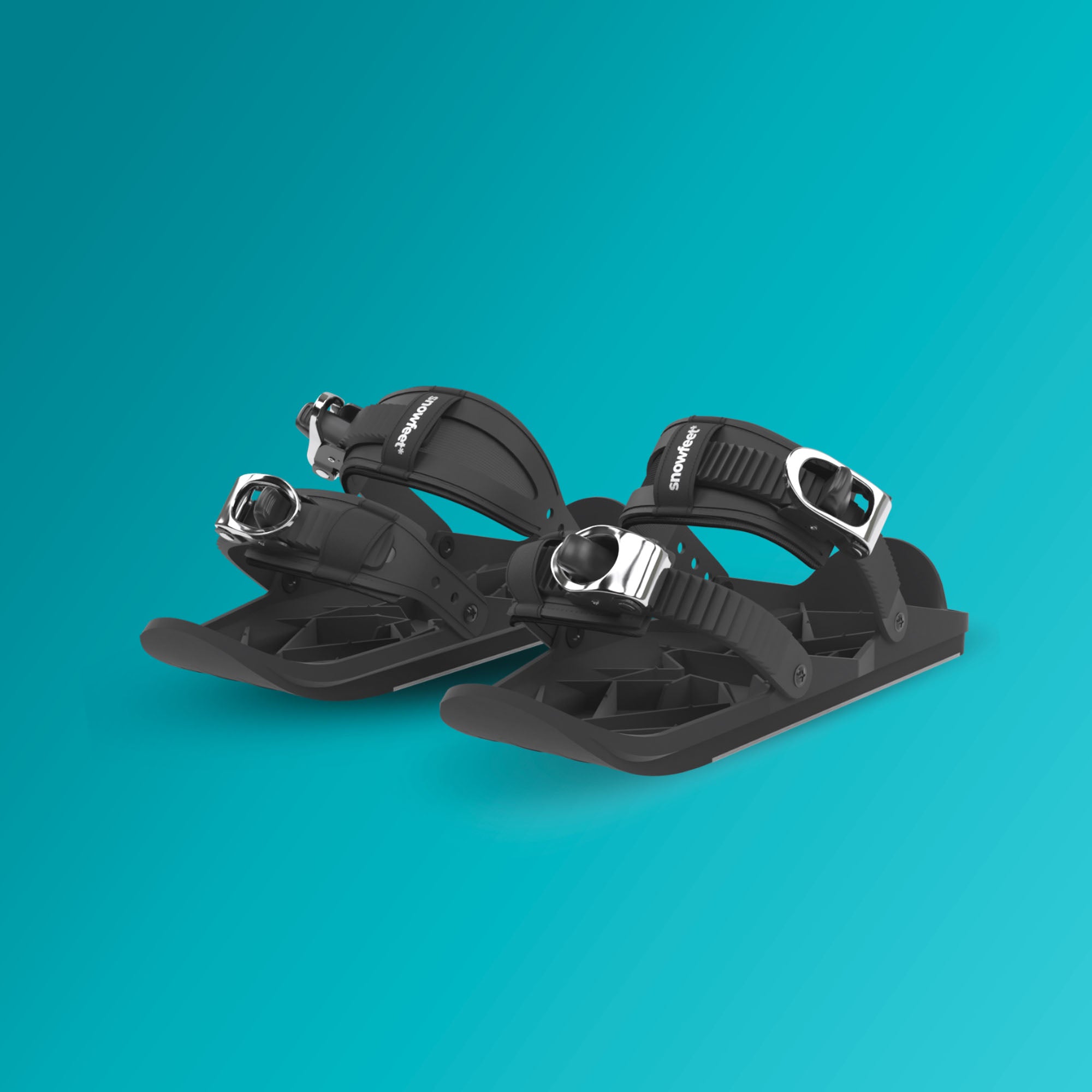


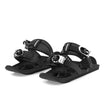
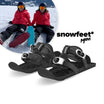

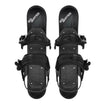


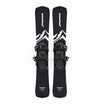
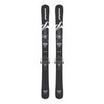
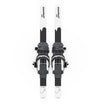
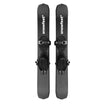
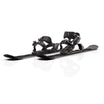
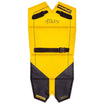

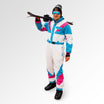
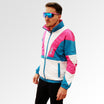
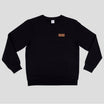
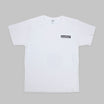
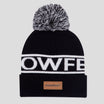
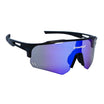
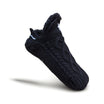
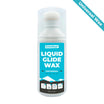
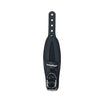
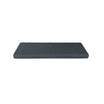
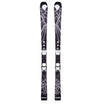

![Ski Size Calculator & Chart [2025]: Find Your Perfect Length & Width - snowfeet*](http://www.snowfeetstore.com/cdn/shop/articles/ski-size-calculator-chart-2025-find-your-perfect-length-width-520183.jpg?v=1745896110&width=1500)


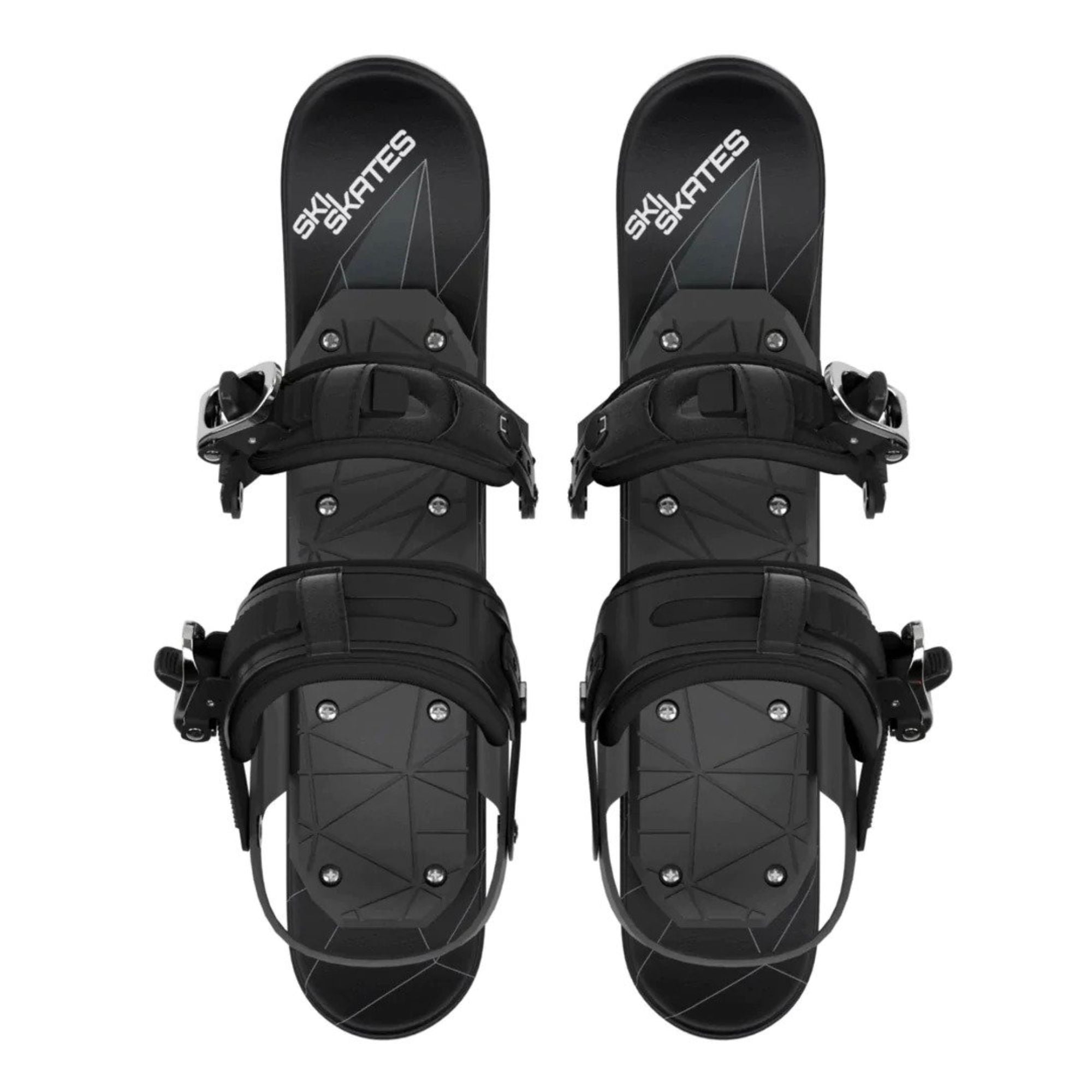
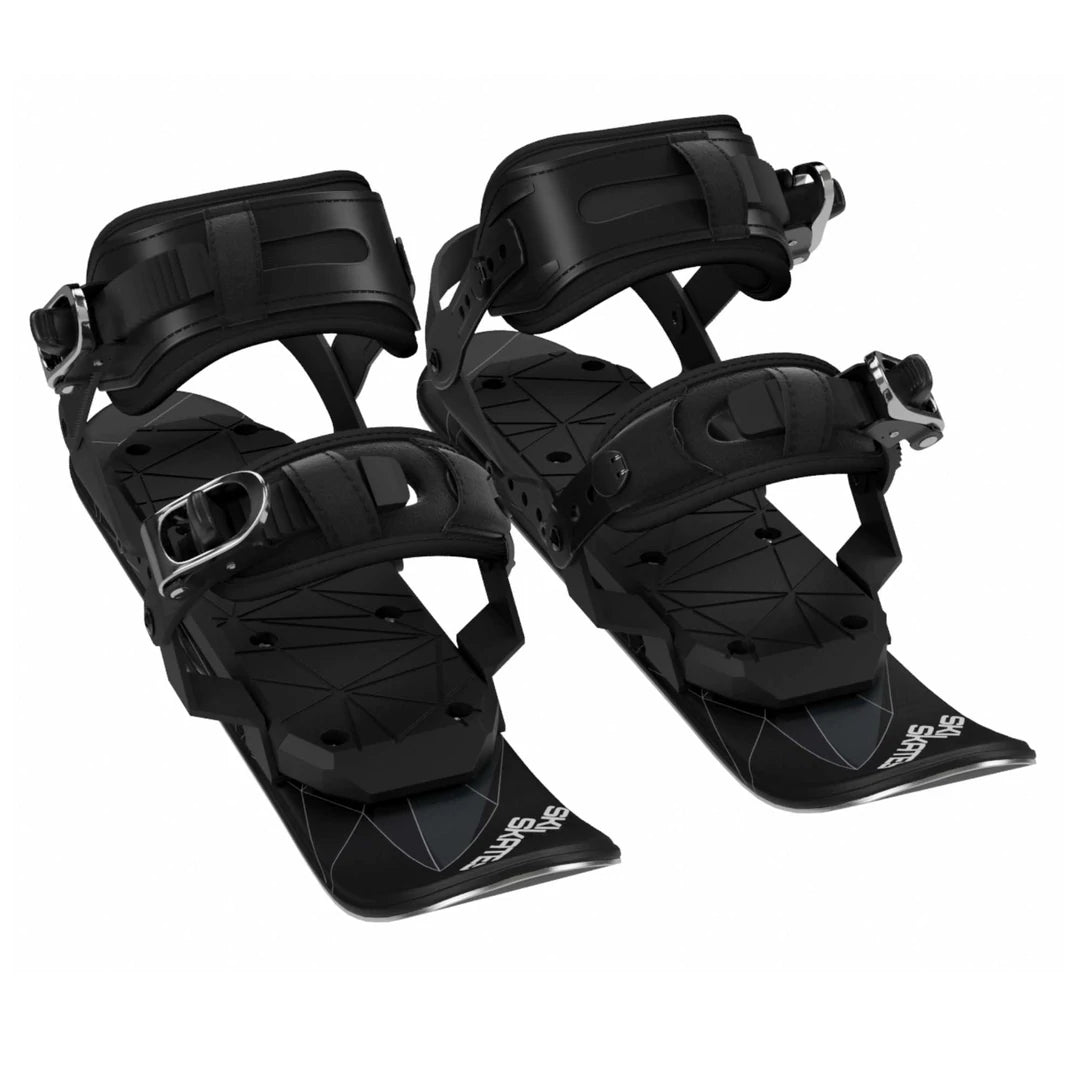
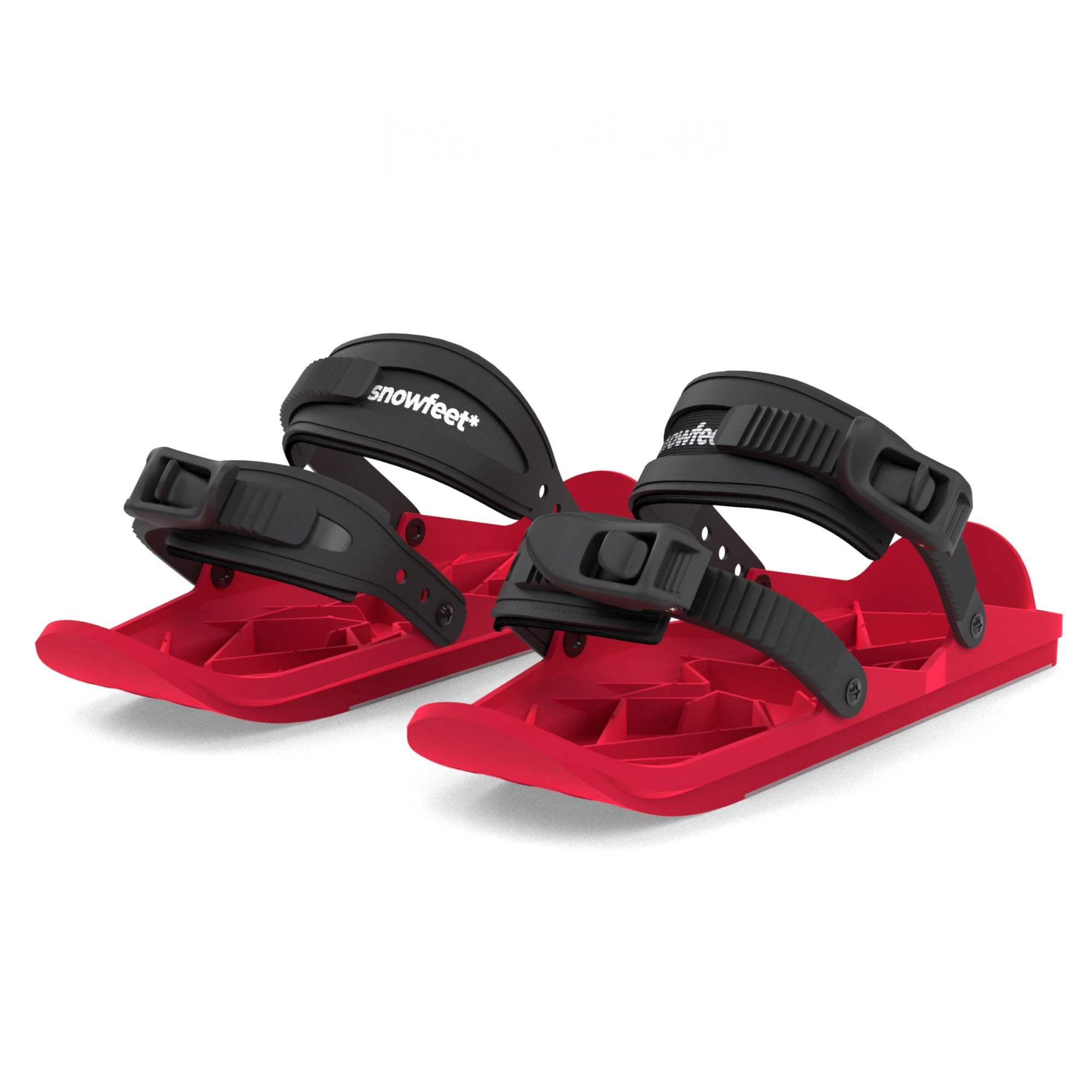
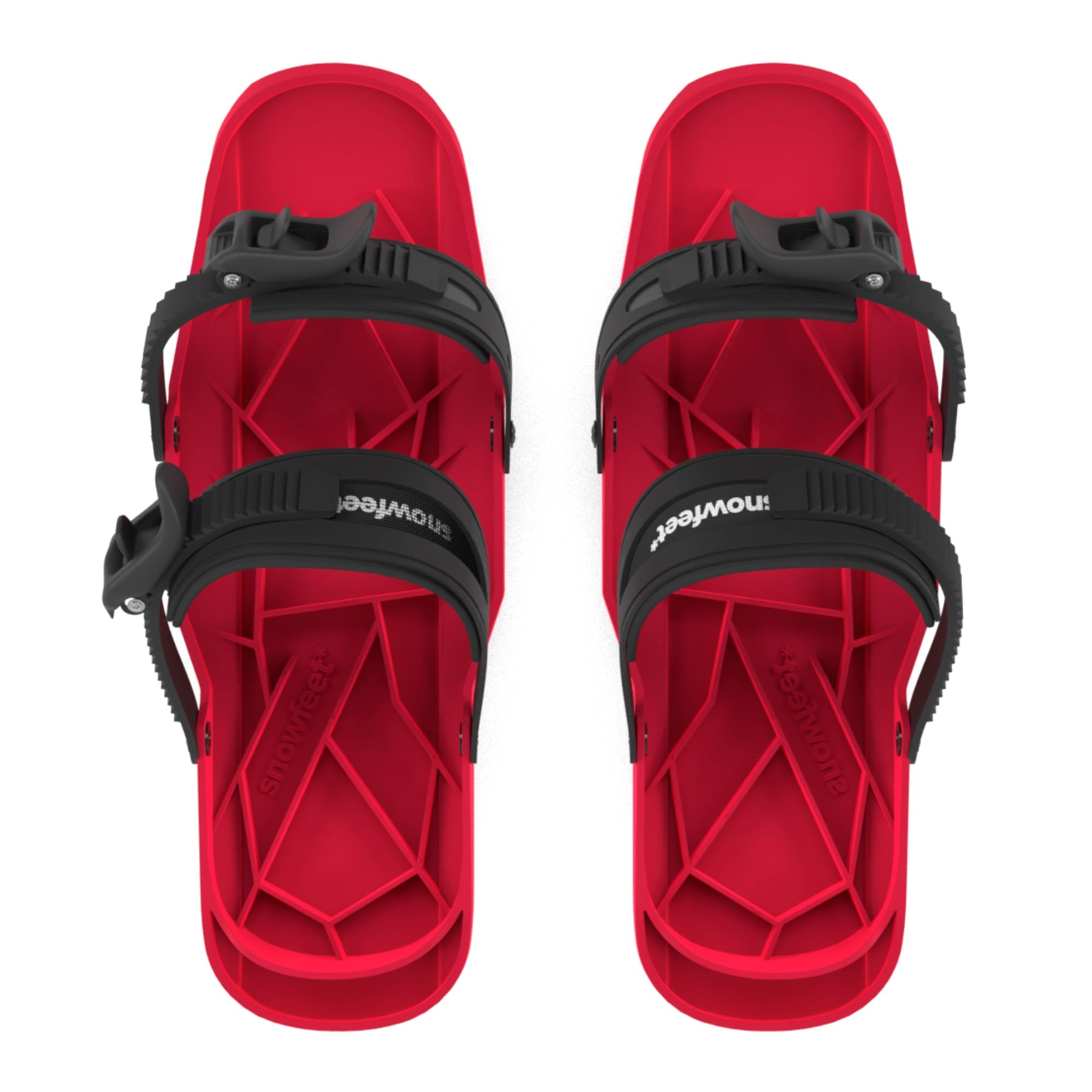




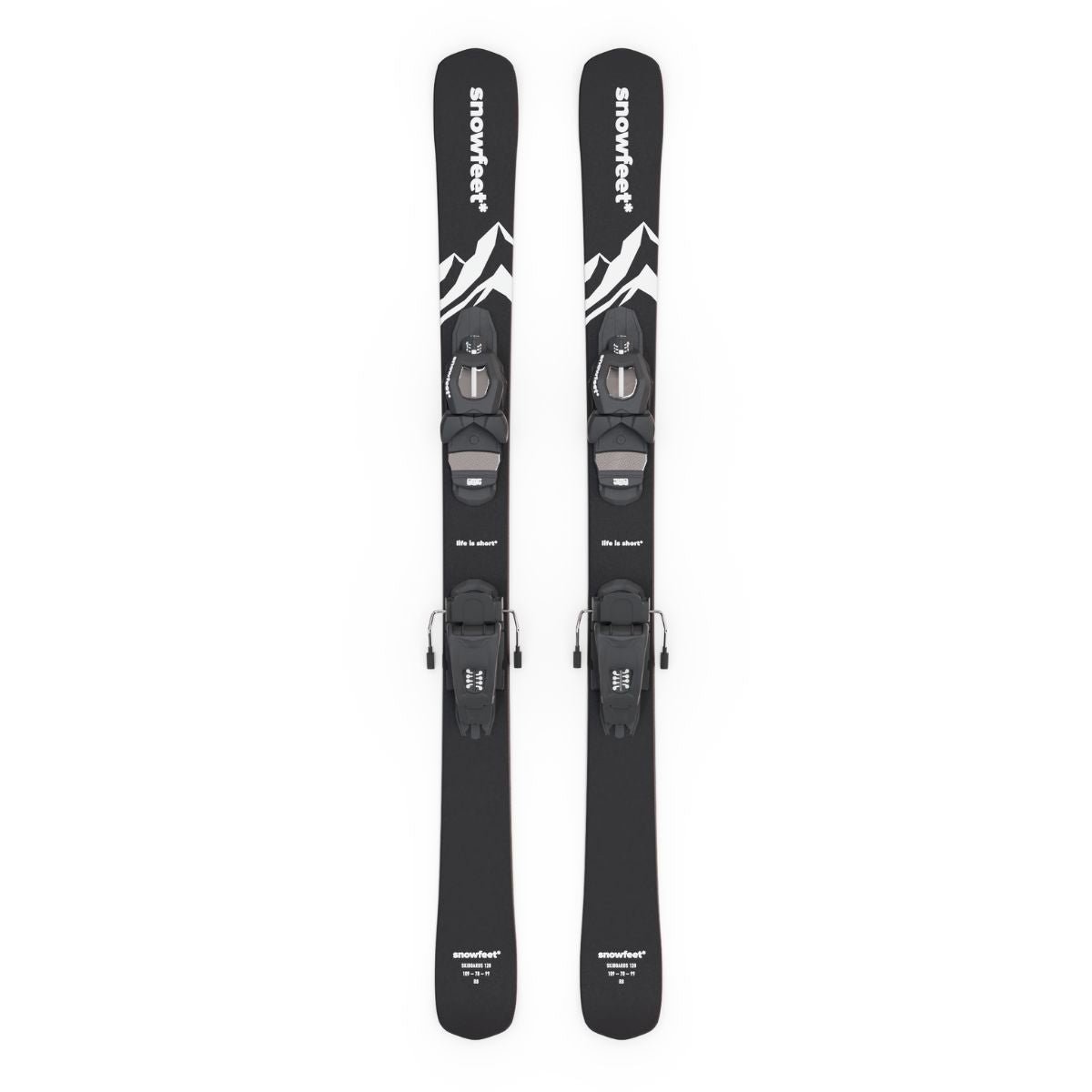
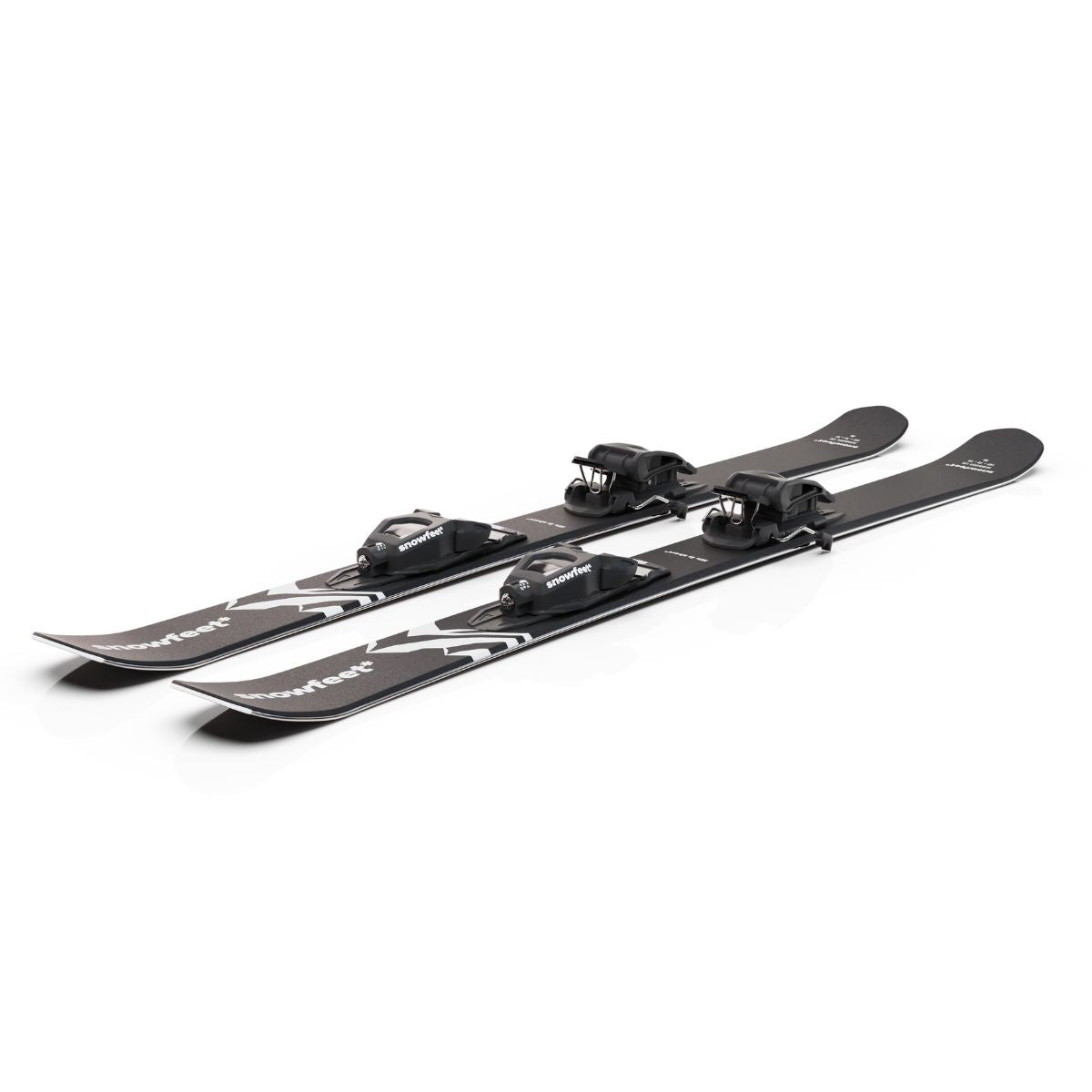
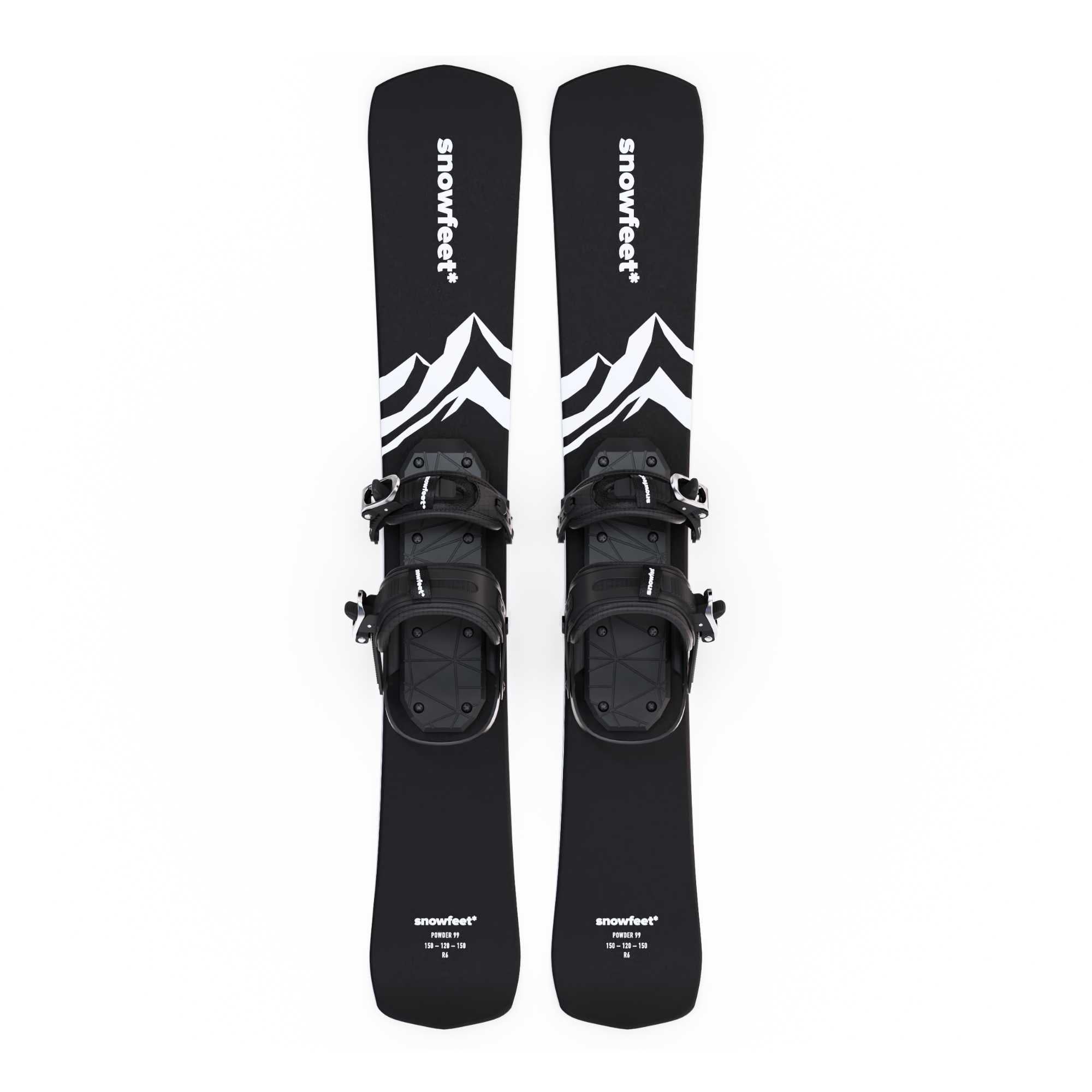
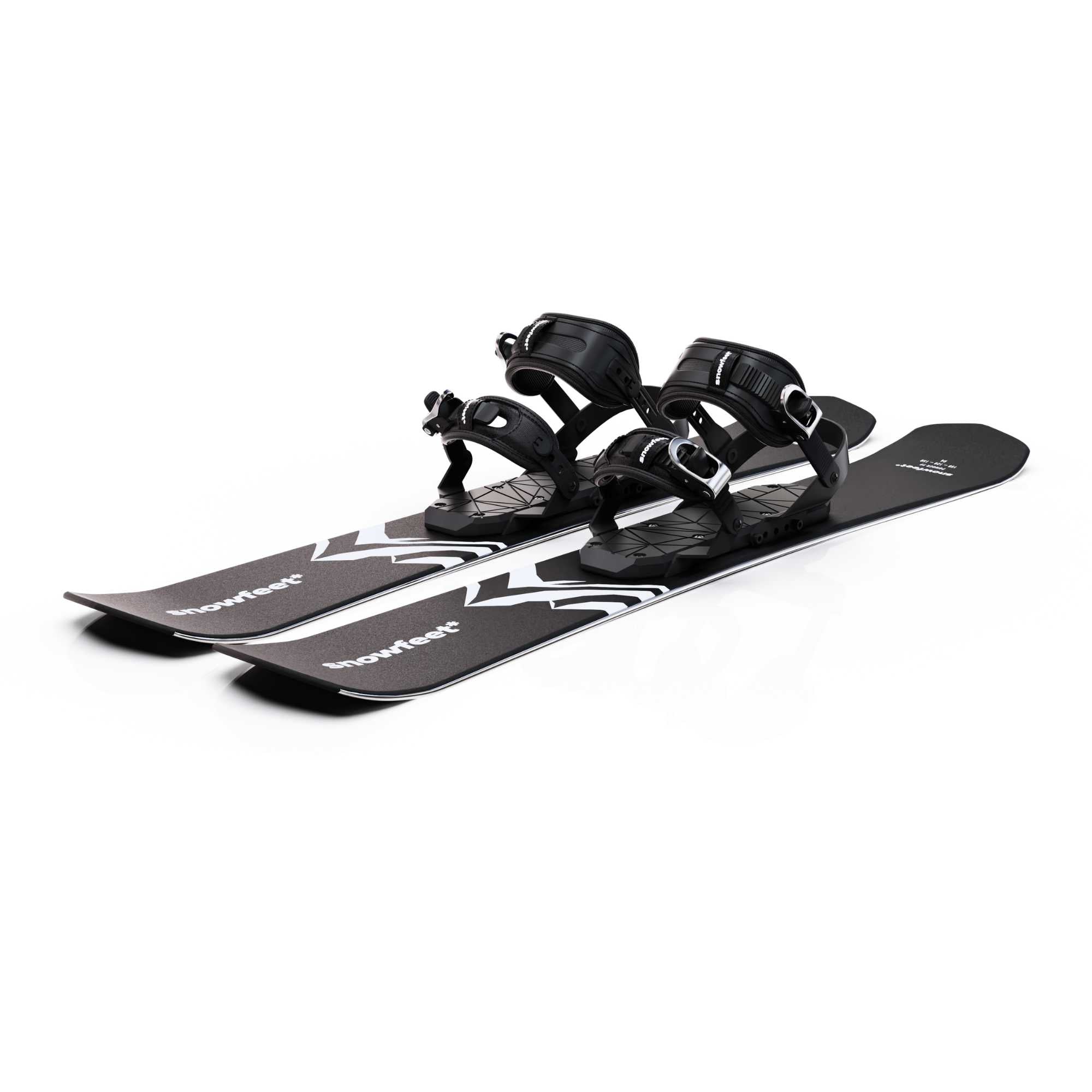
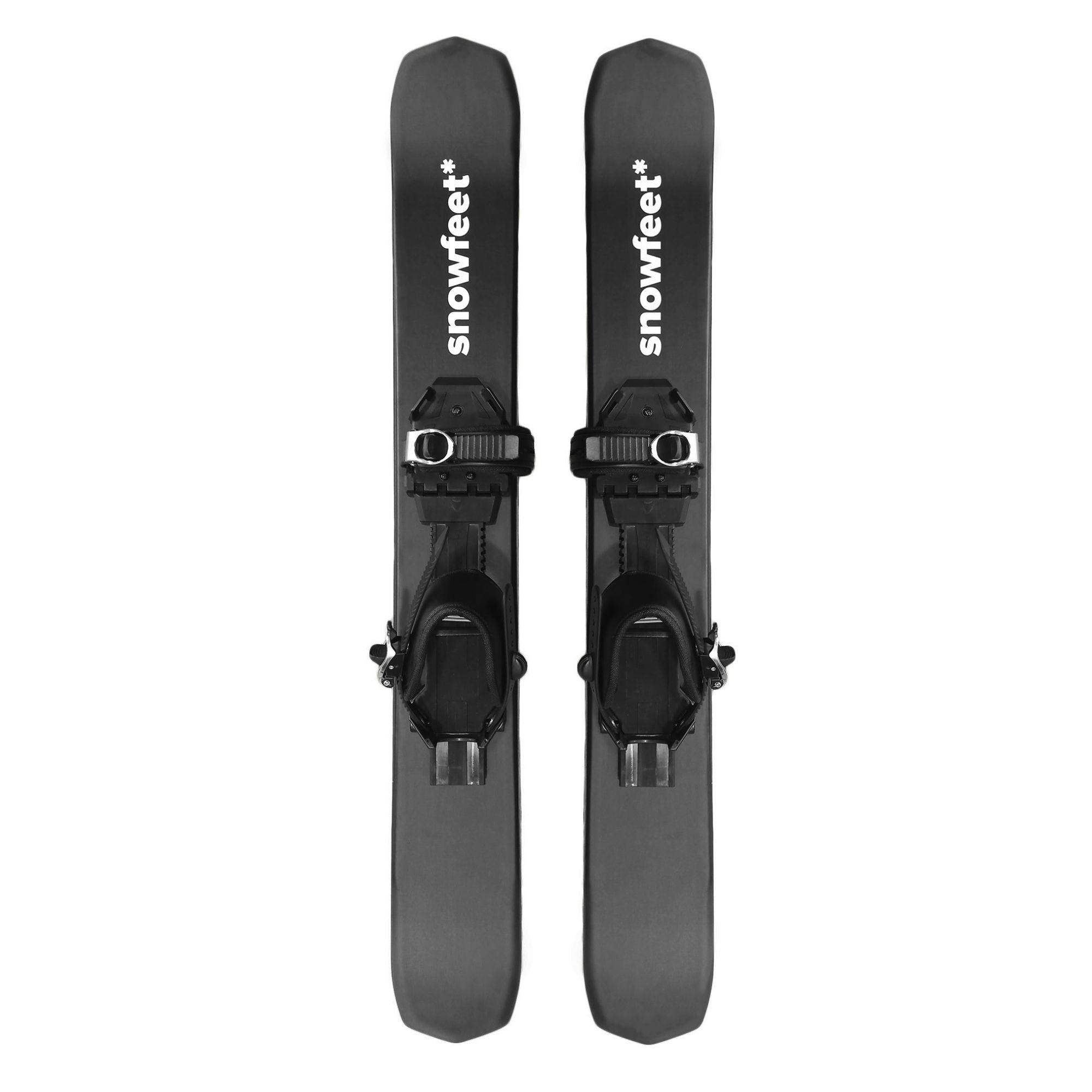
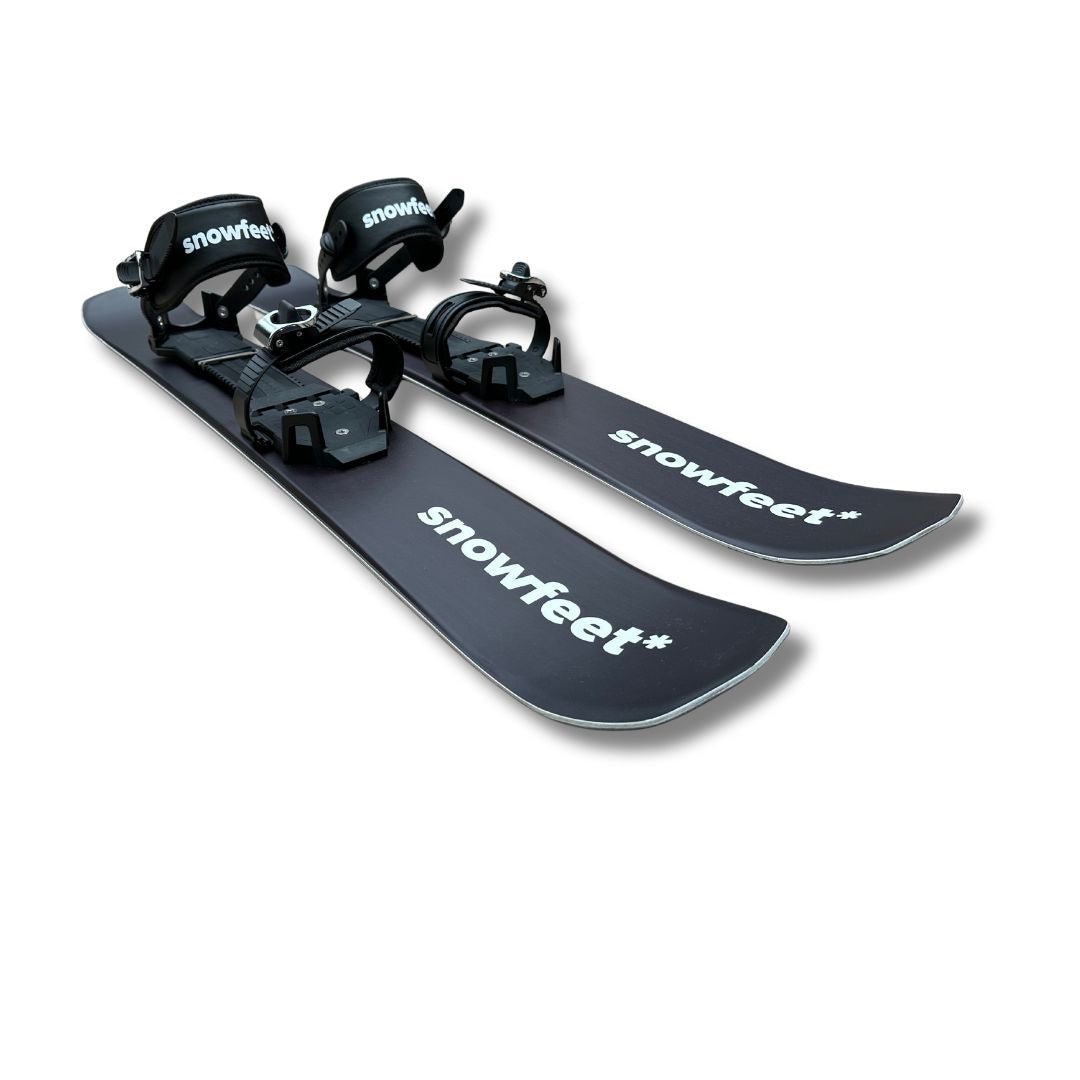
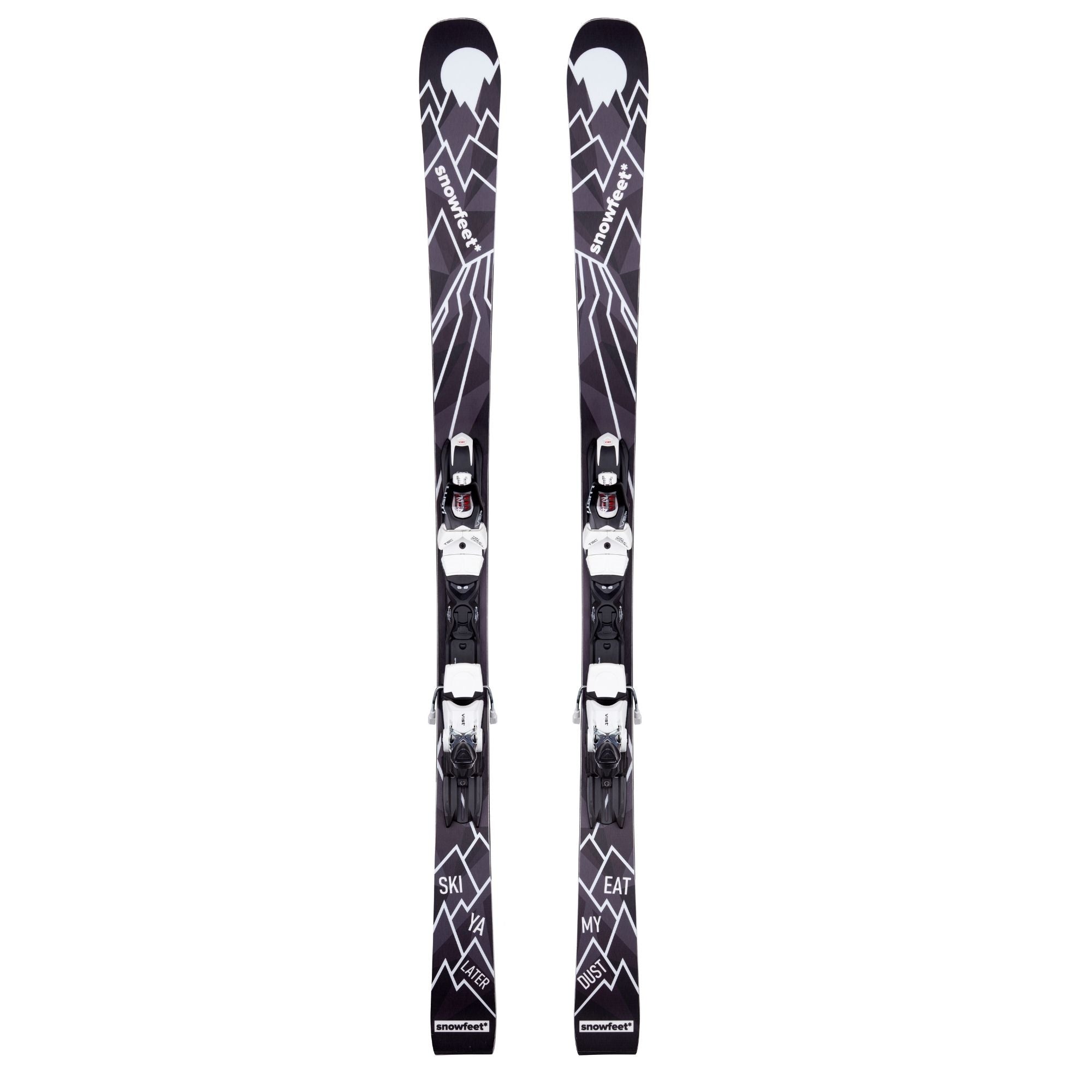
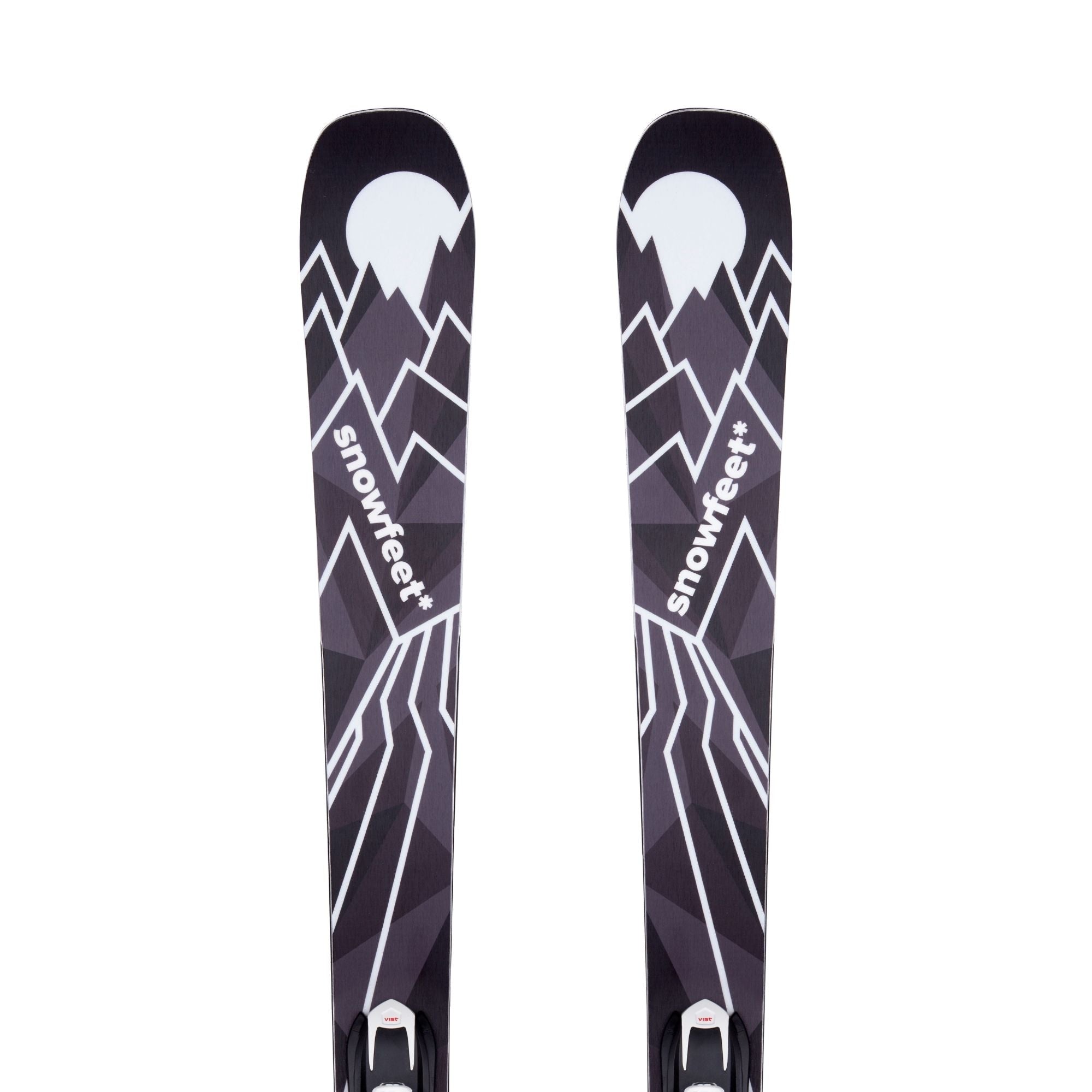
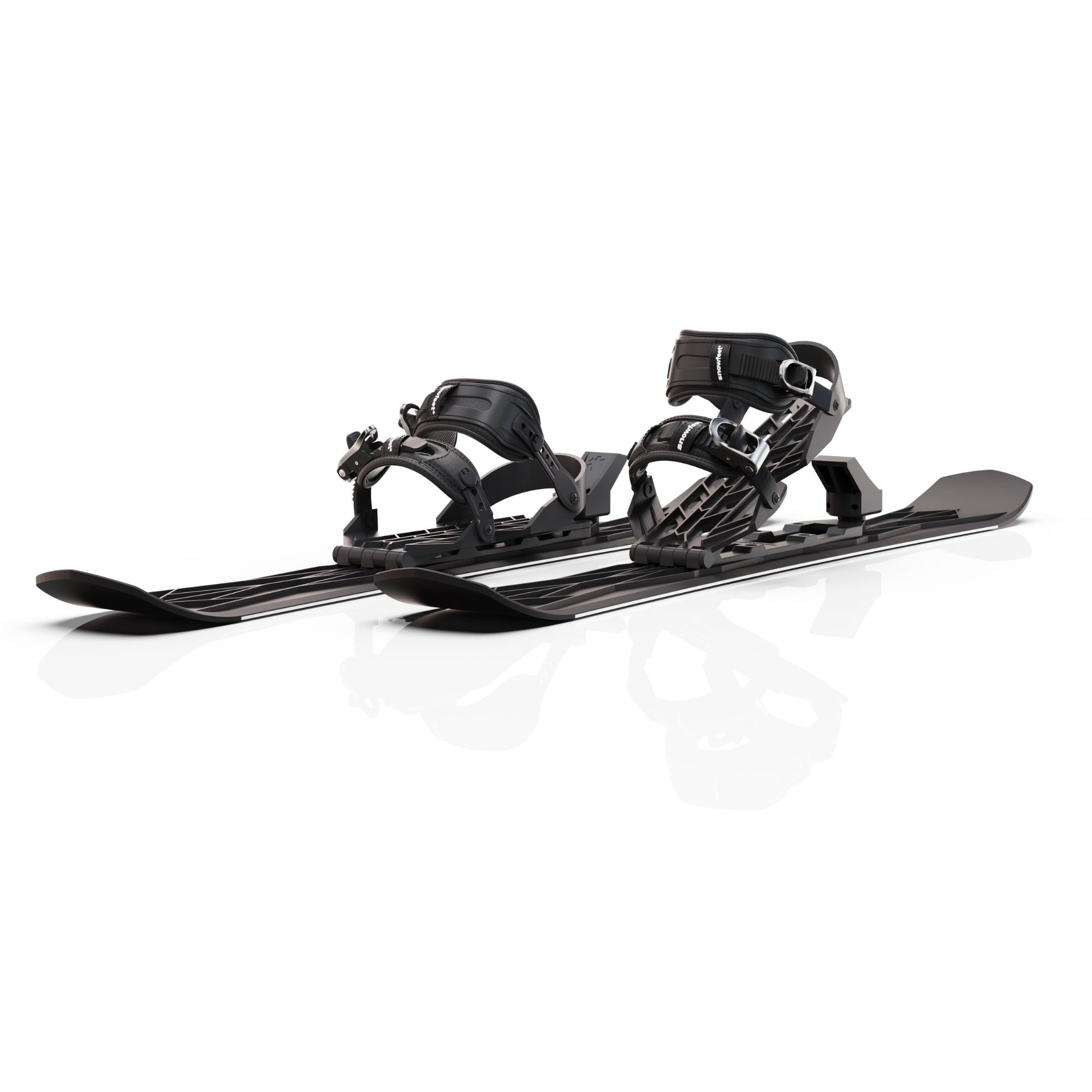

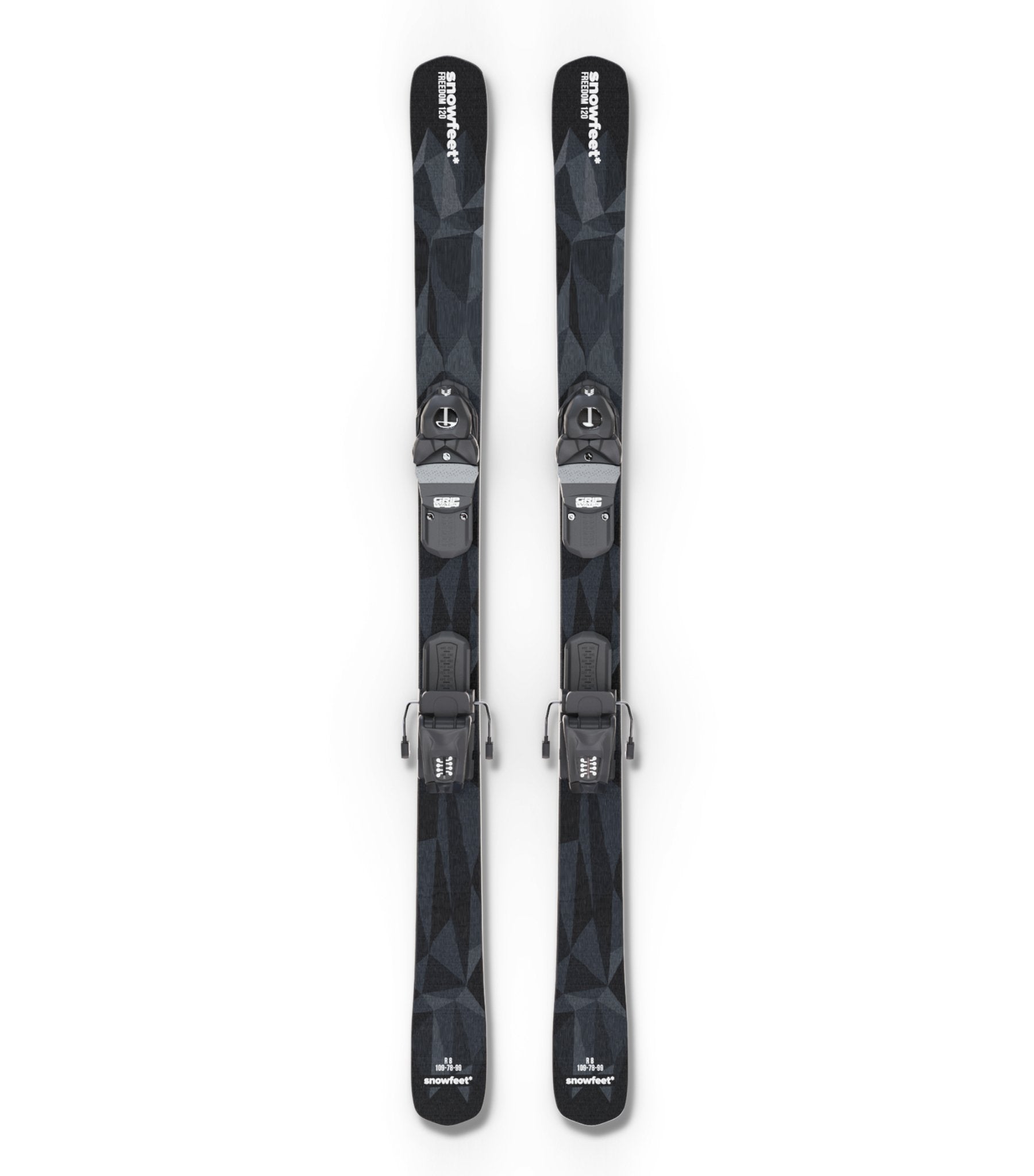
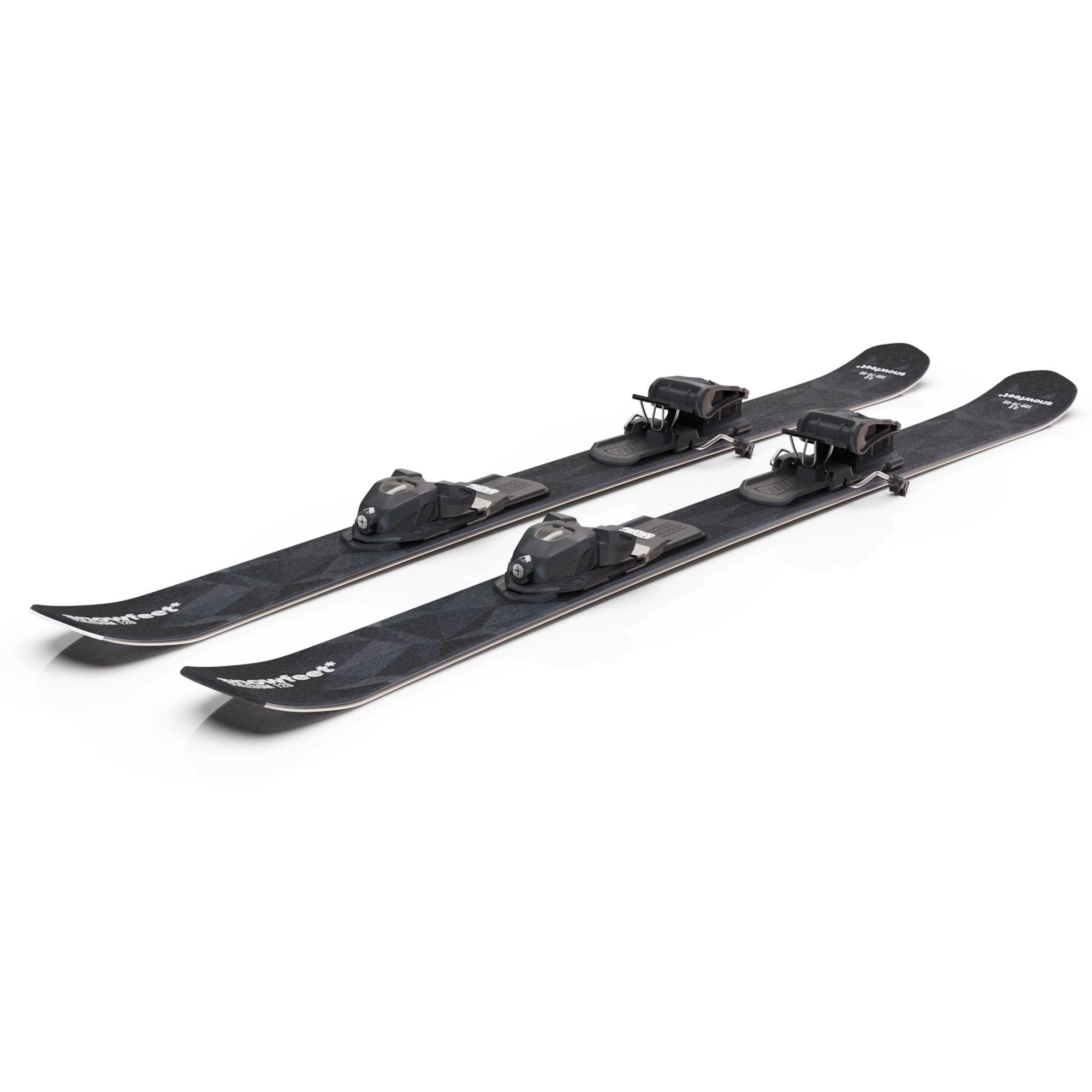
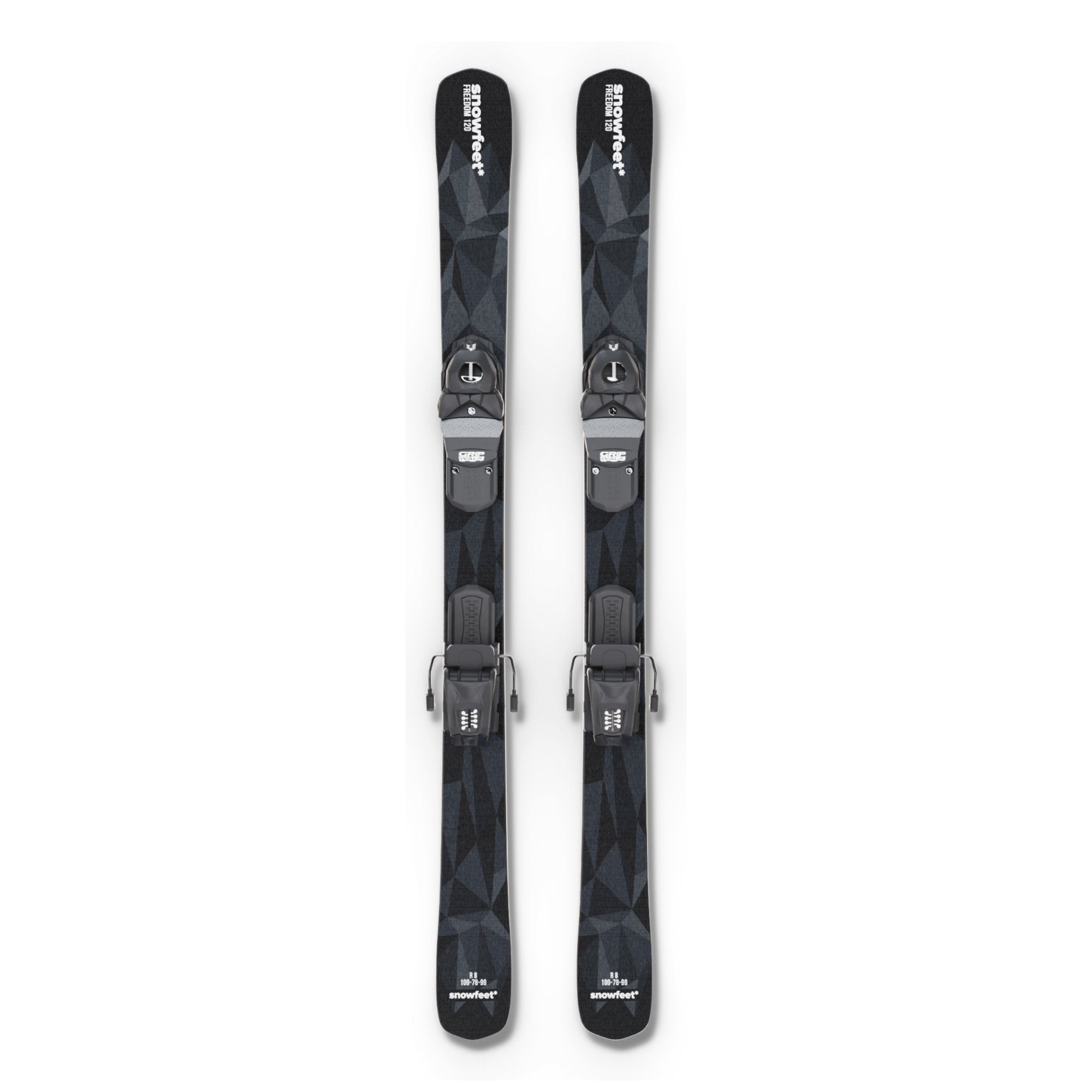
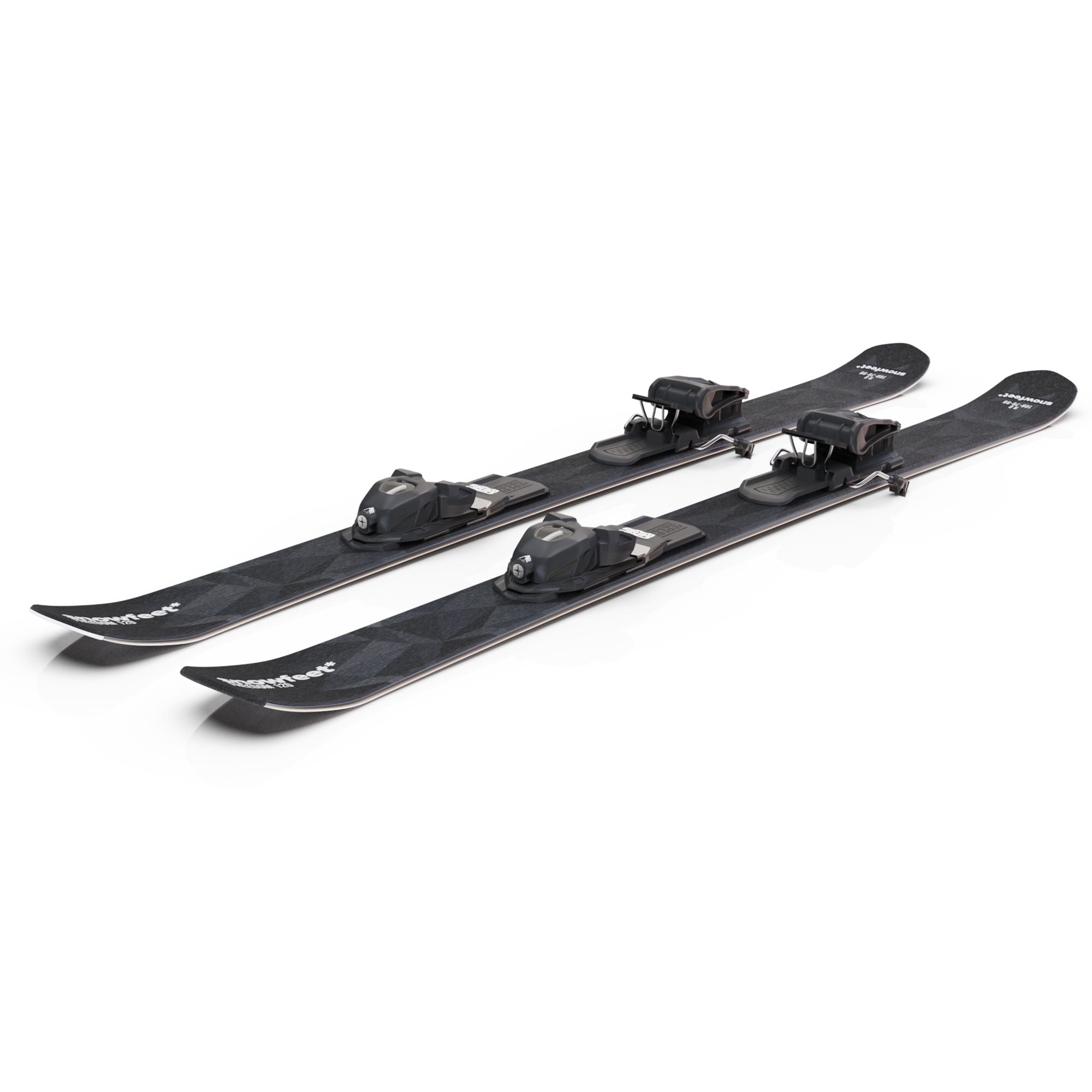
Hinterlasse einen Kommentar
Diese Website ist durch hCaptcha geschützt und es gelten die allgemeinen Geschäftsbedingungen und Datenschutzbestimmungen von hCaptcha.